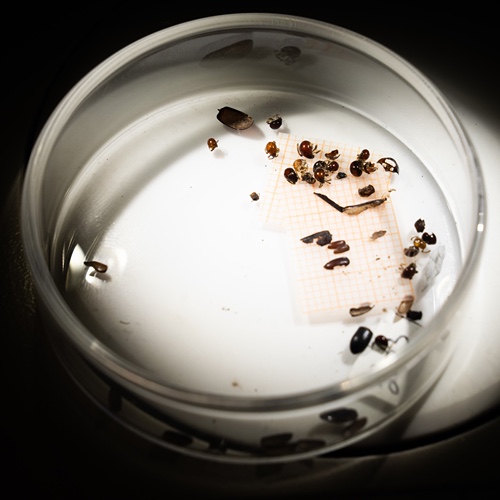Cloudy With a Chance of Songbirds
With the stream of new resources available in this digital age, creative applications of technology can reinvent age-old practices, even bird watching. Using a combination of data, algorithms, and creativity, Jessica Outcalt, a doctoral candidate in Purdue’s Department of Forestry and Natural Resources, employs NEXRAD, the same radar system that tracks the nation’s rainfall to research migratory songbirds.
Classes in ornithology, conservation ecology, and statistics prepared Outcalt for this research path. Her research is now on migratory songbirds and their stopover sites-- pit stops birds utilize as they travel. Their stays can be brief or up to several days while they rest and feed. Building on others’ work in this area, Outcalt can now track these sites anytime from anywhere.
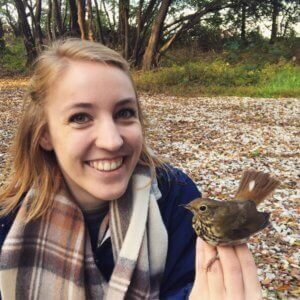
NEXRAD is a network of Doppler weather radars spread across the United States. The National Weather Service operates the radars, and their raw data is publicly available. Rain is highly reflective, which allows the radar to track it easily. Sensitivity levels on the radar are high enough that they also pick up less reflective objects while tracking the rain. These contaminants are removed when creating weather reports. The reflections weather services filter out consist mainly of buildings, bugs, and birds.
Q: Why are the birds centered around the radar's location in Indianapolis while the clouds are all across the state?
A: This radar scan is from a single beam elevation, the 0.5 degree. As the beam goes out from the radar, it gets progressively higher above the ground due to the curvature of the earth. Birds fly at a roughly constant elevation, usually less than 1 km high. As the beam gets further from the radar, it starts to overshoot the birds. That’s why you only see birds in the ring around the radar. Storms extend higher into the atmosphere, so the radar can pick them up at farther distances.
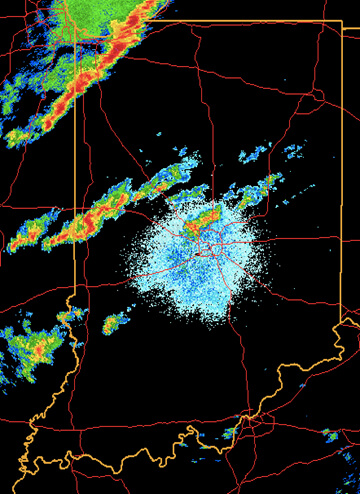
Like weather trackers, Outcalt first deletes areas blocked by buildings. Then, opposite of everyone else, she removes the rain clouds, narrowing the data to only insects and birds. She uses a separate process to differentiate between the two remaining subjects. Birds fly faster than insects, so Outcalt splits the data points into two groups, those that travel over and under a certain velocity.
Outcalt now has data solely on birds and then pares it down further to the moments of the day that are related to her research. Many species of birds migrate at night. They take off almost uniformly in the minutes following sunset. By looking at only this period, she can monitor from which sites the migratory songbirds lift off.
Outcalt’s passion for birds is contagious, a useful trait given her long-term goal. “My main objective is to get people excited about science and conservation,” said Outcalt. “Birds are a great tool to do that because they’re so diverse. You can use them to teach pretty much any concept in ecology.”
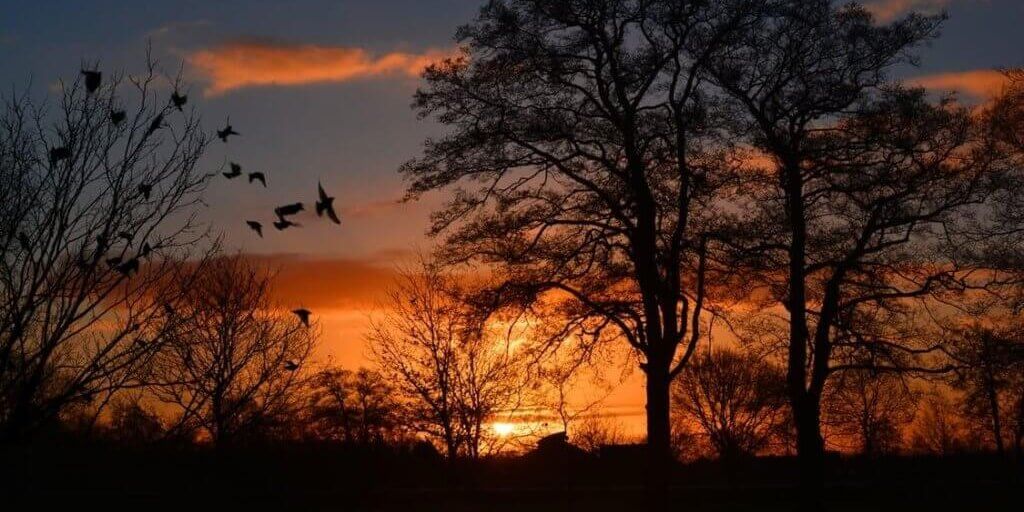 As an example. Outcalt’s research brings new light to the concept of ecological mismatch. Birds know when to migrate based on day length, a fixed annual pattern. The emergence of leaves and insects ties to changes in weather. The Indiana Climate Change Impacts Assessment reports Indiana warmed 1.2° F since 1895. The divergence of songbirds from their food and shelter causes concerns. Only select species of songbirds are showing the elasticity required to adapt their migration patterns. The ever-changing landscape resulting from agriculture and construction further impacts the birds’ biannual journeys. Without research like Outcalt’s, conservationists would not know where to direct their efforts.
As an example. Outcalt’s research brings new light to the concept of ecological mismatch. Birds know when to migrate based on day length, a fixed annual pattern. The emergence of leaves and insects ties to changes in weather. The Indiana Climate Change Impacts Assessment reports Indiana warmed 1.2° F since 1895. The divergence of songbirds from their food and shelter causes concerns. Only select species of songbirds are showing the elasticity required to adapt their migration patterns. The ever-changing landscape resulting from agriculture and construction further impacts the birds’ biannual journeys. Without research like Outcalt’s, conservationists would not know where to direct their efforts.
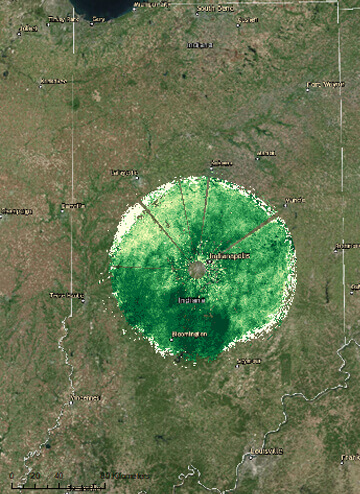
“The world continues to change. I think the biggest thing we can do for birds is to help them along as best we can. All of the urbanization, development, and agriculture that’s happened over the last 100 years is completely novel to them.”
By knowing the highest traffic stopover sites, people can derive information such as what features are attracting birds and what forests need preserving. Additionally, efforts can raise awareness near popular urban stopover sites. These areas are the most common location of deaths during migration, the majority of which are preventable. Outcalt encourages behavior changes such as turning off lights at night, bringing domestic cats indoors, and placing decorations on glass doors and windows.
When asked, Outcalt replied her favorite thing about birds is their relatability. “Birds are so accessible to everybody. Everywhere you look, everyone has a story they can tell you about a bird.”
